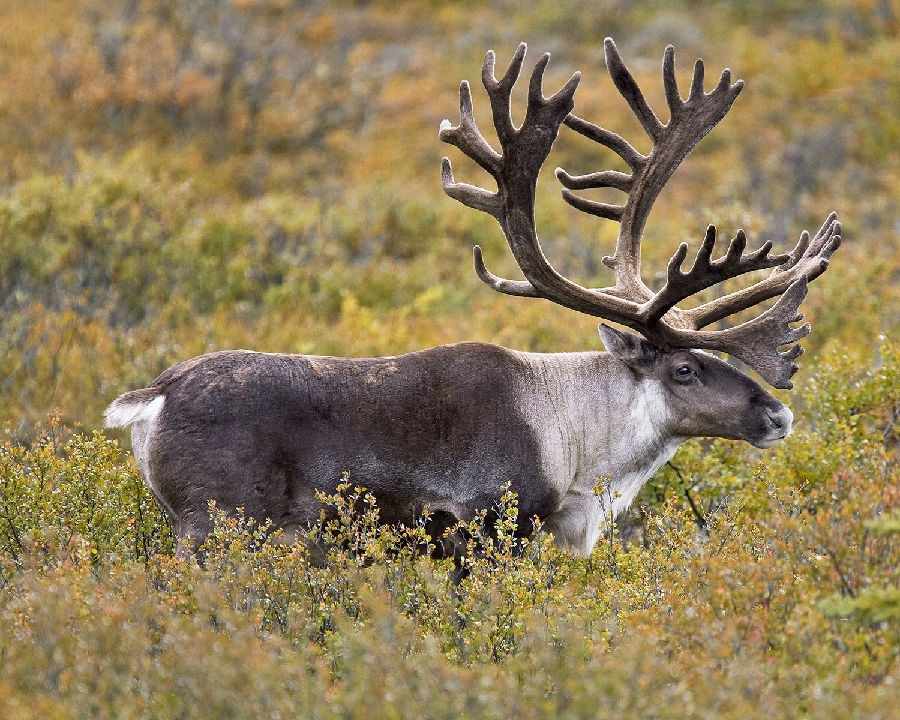(单词翻译:单击)
听力文本
Five hundred miles further north than any tree can survive, grass returns to life.
在树木生存极限八百公里以北的地方,青草春风吹又生。
Caribou females have journeyed to the far north to calve.
雌性北美驯鹿远赴北方,来此产仔。
Over 70,000 caribou babies will be born in the next few days.
超过七万只驯鹿幼崽将在几天内出生。
As the calves appear, so too do the leaves of the newly sprouting grass.
小鹿出生的时候,也正是青草发新芽的时候。
And the calves must strengthen quickly.
幼鹿必须迅速增强体能。
Within days they will have to keep up with their parents on a never-ending march.
几天内他们就将跟随自己的父母踏上无尽的征程。

At one day old, they're already faster than an Olympic sprinter.
第一天,他们的速度就已经超过人类短跑健将。
They're testing the legs that will carry them thousands of miles, better to learn their limitations now.
他们正在测试自己跋山涉水用的四肢,最好现在就知道极限在哪里。
It may look playful, but there's no harder life on the grasslands than that facing these infants.
看起来很好玩,但草原上最艰苦的生活正等着这些他们。
The caribou mothers now join together, each with an infant exactly the same age.
母驯鹿现在聚集起来,每只都带着一只同样大小的幼鹿。
They're setting off on the greatest overland trek made by any animal.
她们准备启程,进行陆地上最伟大的长途跋涉。
视频及简介
草原覆盖了所有土地的四分之一,支持着野生动物的大量聚集,但为了在这里生存,动物必须忍受地球上最恶劣的季节性变化。从亚洲怪异的西贡羚羊,到巴西的巨型食肉动物,草原动物已经以不同寻常的方式适应了这些极端。在被洪水淹没的奥卡万戈,狮子在史诗般的战斗中,在大草原上捕食一头令人生畏的水牛,捕食者利用大象来帮助捕捉昆虫,在寒冷的北部苔原上,驯鹿开始在饥饿的北极狼的阴影下进行大迁徙。


